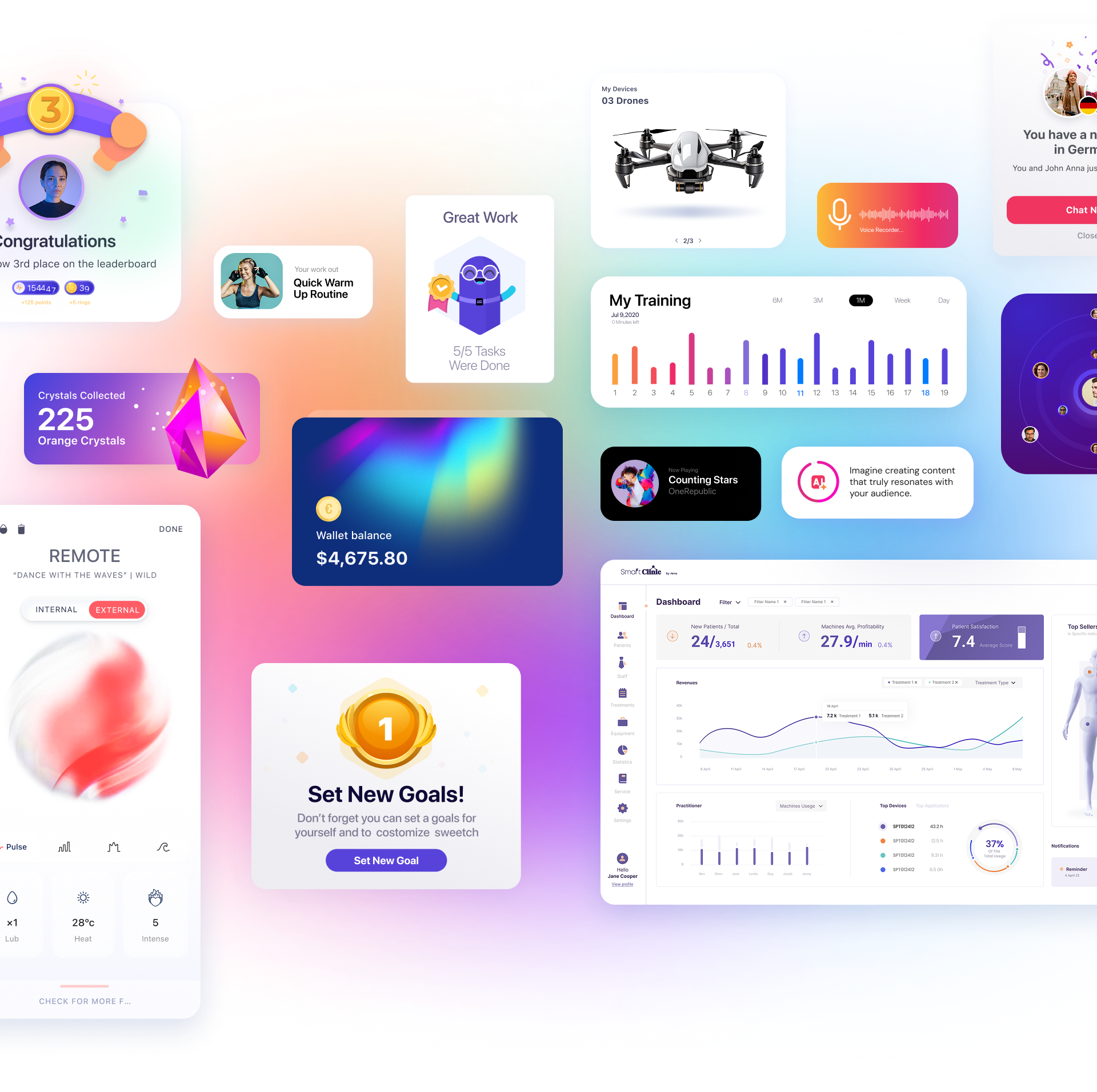This article is more in-depth and professional than usual, but I promise you the content will be highly valuable for any startup founder, entrepreneur, or anyone considering launching a venture. Let’s dive in!
In this article, I’ll explain the importance of power users for driving startups and organizations forward, and how using the Power User Curve can provide a user engagement analysis that truly reflects your product’s data.
The Importance of Power Users
To start, let’s define the term “power user.” These are the users who can’t live without your product—they are critical for analyzing and defining user engagement patterns. By understanding user behavior patterns, you can improve your product’s UX design. Power users “drive” some of the world’s largest companies, as they are highly engaged, love the product, and contribute significant value to both the product and the company. For example, in e-commerce, they’re called power sellers; in social networks, they’re known as influencers.
The common method for measuring engagement is the DAU/MAU matrix, which analyzes user engagement by dividing the number of daily active users by the number of monthly active users. This is a popular and easy-to-use tool, but it has its limitations. Entrepreneurs need a model that reflects user engagement in a comprehensive and objective way to make critical decisions about the product’s UX design. That’s why I want to introduce you to the Power User Curve model. This model is the ideal tool for analyzing user engagement on a monthly basis. It allows you to track and analyze how many days per month users interact with your product, enabling daily statistics, variance analysis, short- and long-term trend analysis, and more.
The Power User Curve has several advantages over the DAU/MAU model, including:
- You decide which action in your product best reflects user engagement.
- It displays different levels of user engagement, from low-engagement users to the most engaged (power users).
- It maps engagement by groups, allowing you to see if engagement is improving over time. These insights can inform decisions about your product’s UX design.
So, how does the model work?
It’s very simple: when the curve forms a smile shape, user engagement is strong. The shape of the curve indicates the state of user engagement—it can lean to the left or form a smile, each reflecting a different engagement pattern.
The Power User Curve in High-Engagement Products
For example, here’s a smile-shaped curve:

/Source: https://andrewchen.co/power-user-curve
This example refers to a social product (a product that connects people and technology, like Waze) and shows a smile shape, indicating a high number of users who use the product once a week, a moderate number of occasional users, and a high number of users who use the product daily—these are your power users.
The Power User Curve in Low-Engagement Products
Now, let’s look at another example, where the curve does not form a smile:

/Source: https://andrewchen.co/power-user-curve
This model refers to a social network product (like LinkedIn). As you can see, this curve leans to the left, and the average user interacts with the product only once a month. Here, there are no power users, but that’s not necessarily a problem—not every product needs a smile-shaped curve.
When user engagement is low, the focus should be on the value users get during their interactions. For example, on LinkedIn, few users are highly engaged daily, but that’s fine because LinkedIn’s business model doesn’t depend on daily usage.
Entrepreneurs facing low user engagement should consider ways to improve the product’s UX and continue generating revenue. This could mean building a new business model that doesn’t require daily activity, or encouraging users to be more engaged by improving the user experience, first-time use, or the product’s value proposition.
Why Analyze User Engagement Weekly and Monthly?
Another advantage of the Power User Curve is that it allows you to analyze user engagement both weekly and monthly. Weekly analysis is especially useful for products or systems used by employees in organizations, such as B2B SaaS, where you can analyze engagement only on workdays.
Entrepreneurs developing systems for organizations need a comprehensive analysis of all employees, which can help draw conclusions for specific teams and tailor future actions. For example: Who are the employees using the system only one or two days a week? Are there teams that get more value from the system? How can you turn less engaged employees into power users? Alternatively, if the product brings significant value to certain departments or teams, how can you better understand their needs and adapt workflows accordingly?
Gaining Insights Through User Engagement Analysis
Comparing weekly and monthly data can yield valuable insights. Over time, you can see whether users become power users as their engagement increases. Measuring user engagement can reveal the success or failure of product changes or additions, as well as the overall UX. If successful, you’ll see an increase in power user engagement.
You Decide Which Action Reflects User Engagement
Unlike other models that analyze engagement based on logins or basic actions, the Power User Curve lets you define which action best represents user engagement. To determine this, analyze your product’s core actions and select the one that truly reflects engagement. This is a crucial step, as it forces you to understand which core actions drive engagement.
As entrepreneurs, you should invest time and thought into designing the user experience so that every user feels successful when using your product. This will help attract new users, turn them into engaged users, and eventually into power users.
Most readers of this article also read: First Time Use
Don’t Worry if Your Product Isn’t Meant for Daily Use
Your business model must fit the level of user engagement. You can also plan future initiatives to encourage higher engagement among less active users. For power users, you can create strategies to further increase their engagement and the value they get from your product.
The difference between this model and the classic DAU/MAU model is that the Power User Curve reveals the heterogeneity among your users and reflects the nuances of different user groups. Creating different versions of the curve by analyzing various user segments can yield exceptional insights. For example, local companies analyzing engagement by region can identify which user groups are most engaged and focus marketing efforts accordingly.
If you found this article interesting, I recommend reading: Motion Design
In Summary
Remember, effective analysis of your users’ behavior and engagement will provide important insights into your product’s UX design, user preferences, and behaviors. Based on these insights, you can improve your product and turn more and more of your users into power users.





 Book a Call
Book a Call





